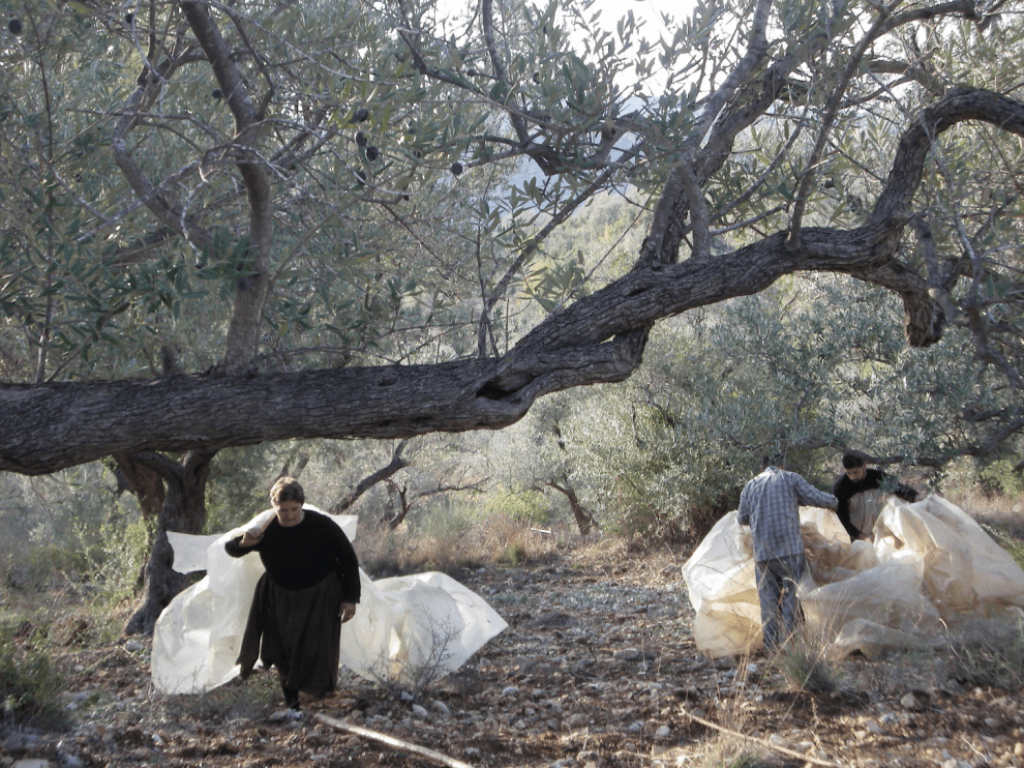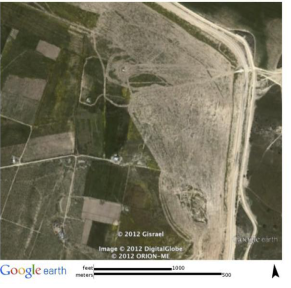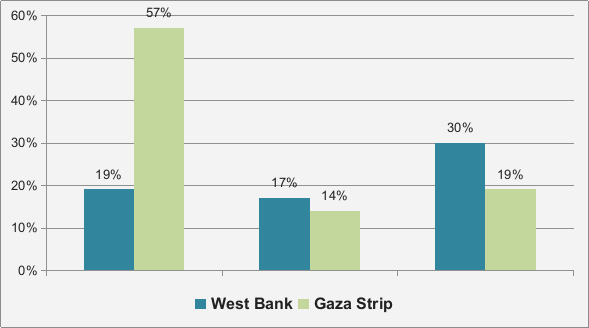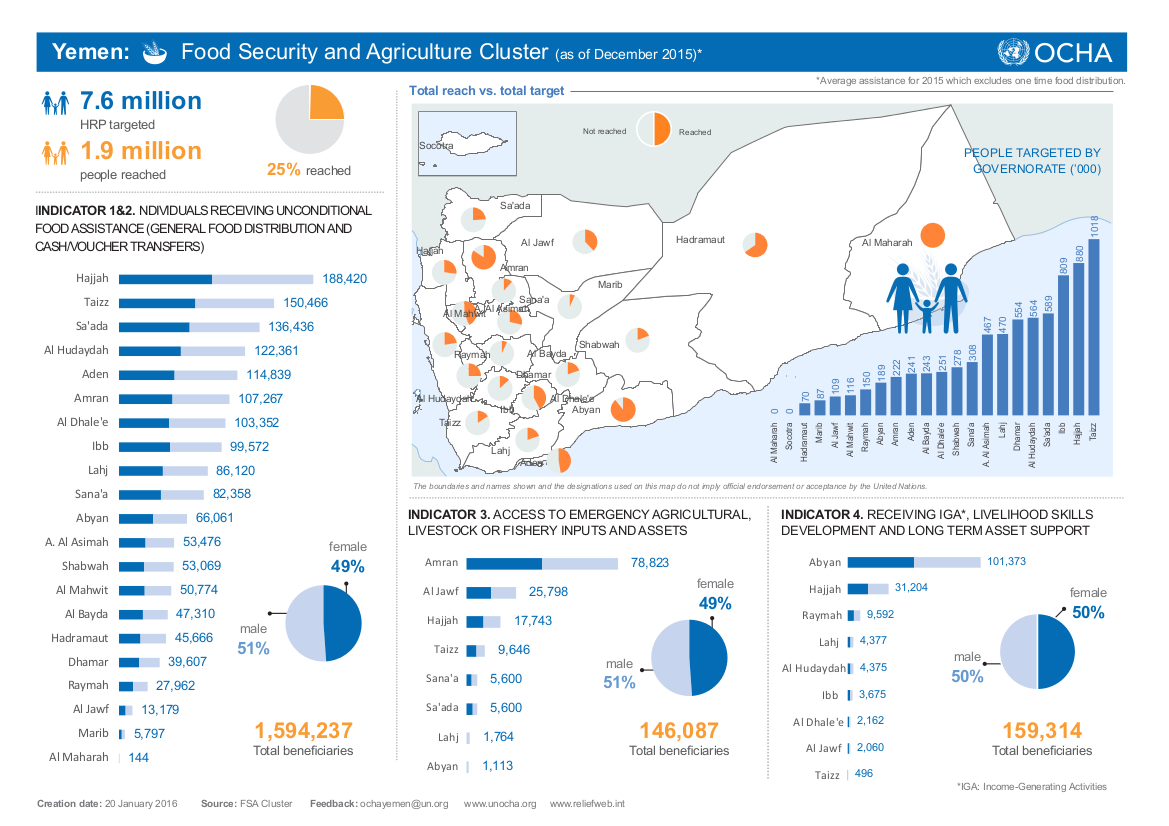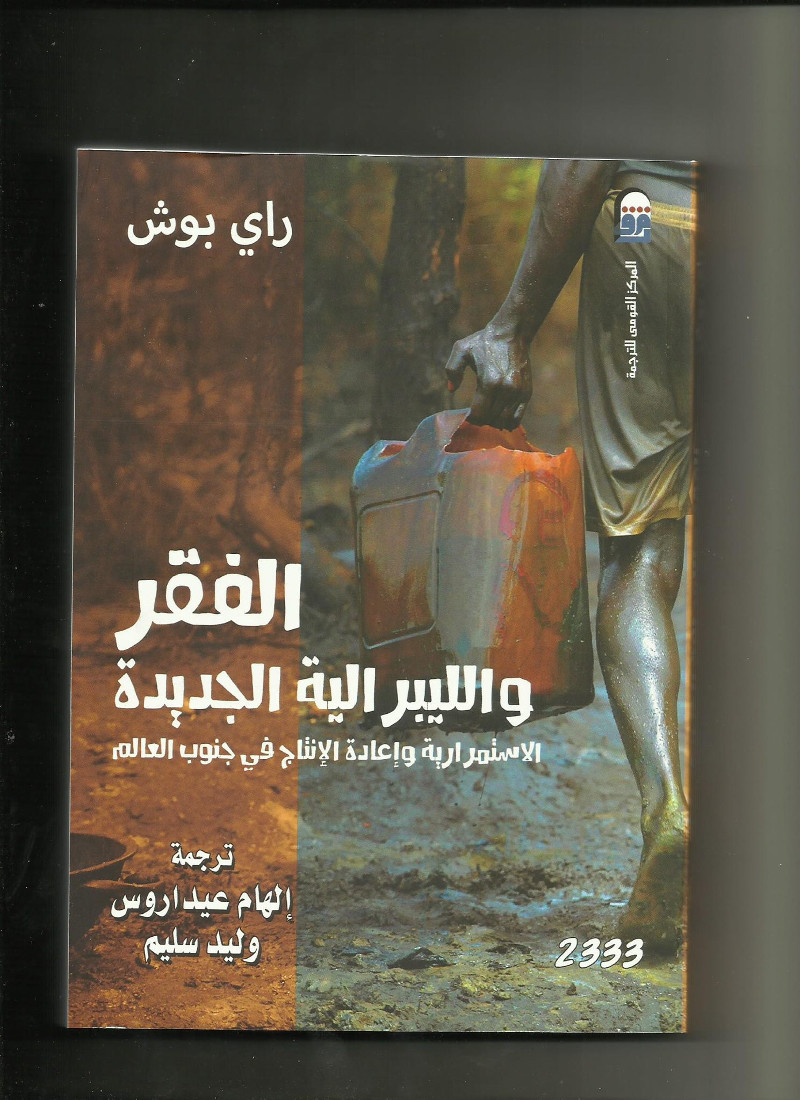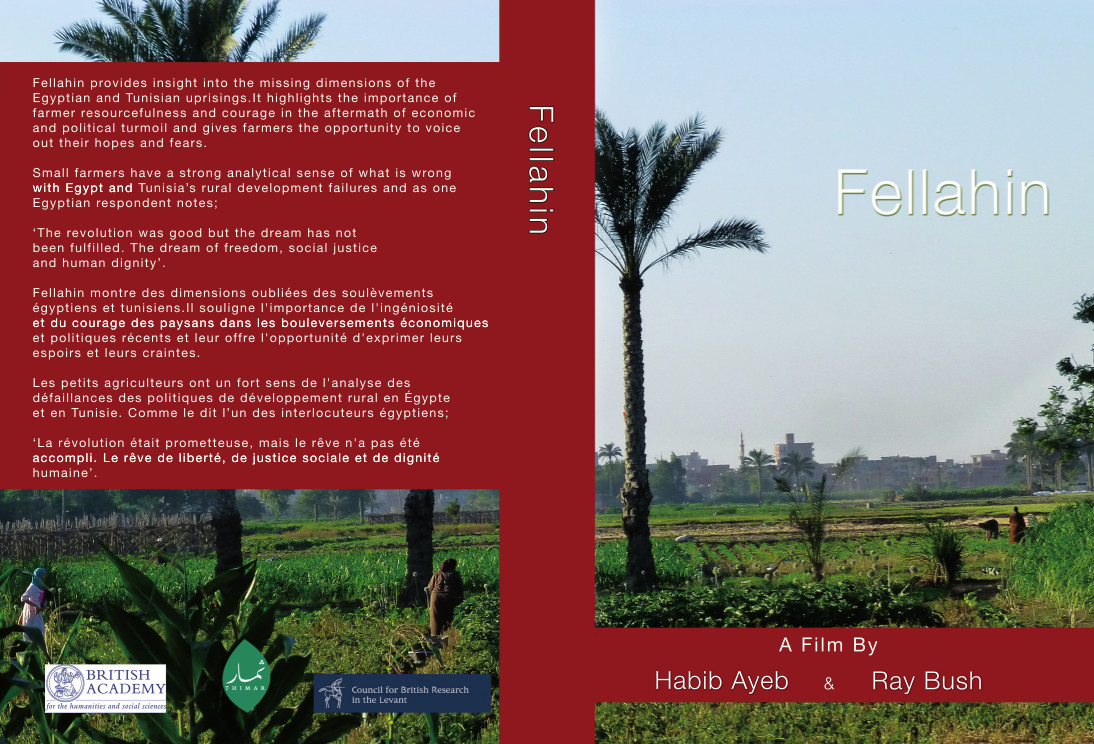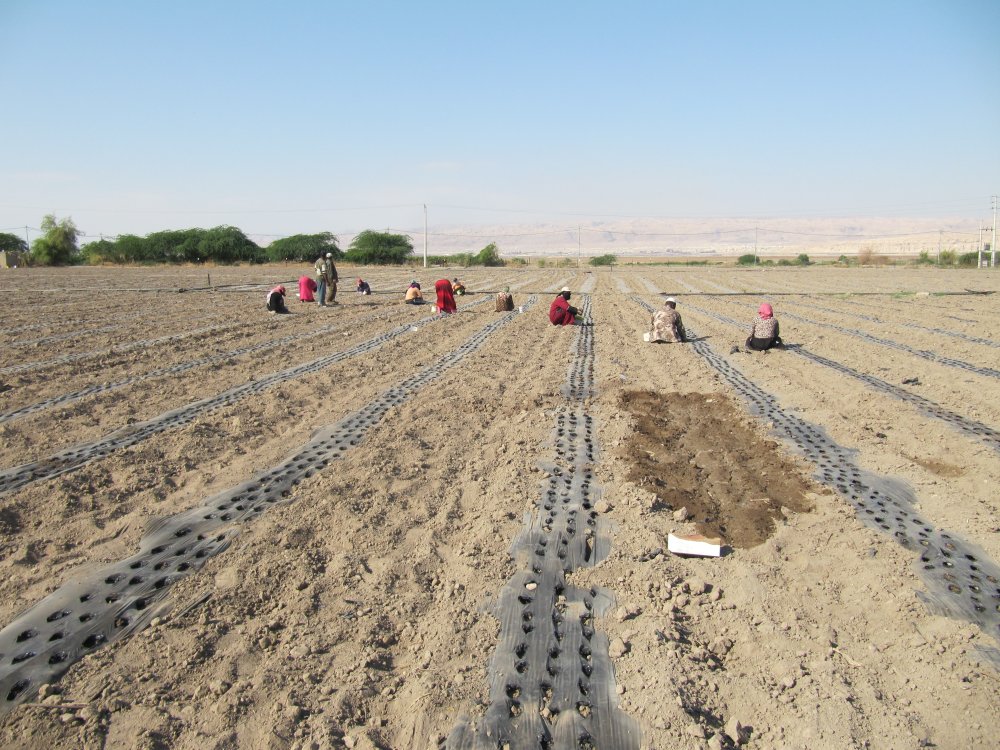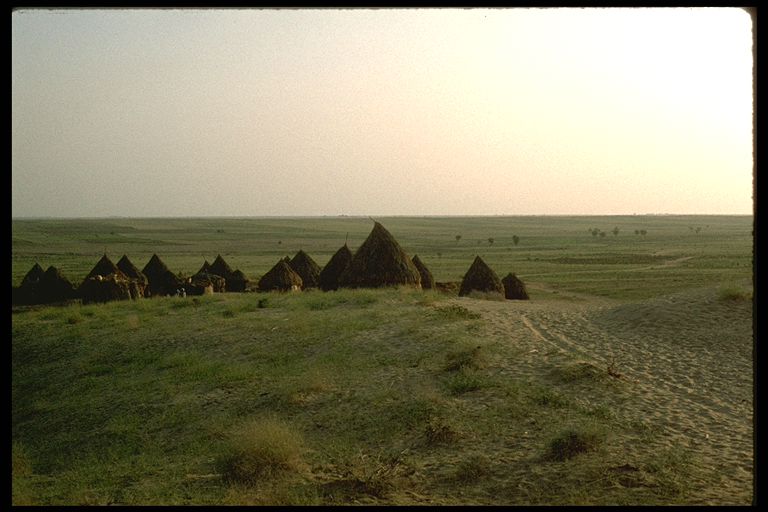An interview with Samir Amin
This is an Accepted Manuscript of an article published by Taylor & Francis in Review of African Political Economy on 8 January 2015, available online at: http://www.tandfonline.com/doi/full/10.1080/03056244.2014.992624#abstract
Samir Amina and Ray Bushb
aThird World Forum, Dakar, Senegal; bSchool of Politics and International Studies, University of Leeds, Leeds, UK
An interview with Samir Amin
Introduction
Samir Amin was a contributor to the first issue of Review of African Political Economy (Amin 1974). He is a militant Marxist economist who has published more than 30 books including the path-breaking Imperialism and unequal development (1976) and Accumulation on a world scale (1974). He is an activist whose scholarship and commitment to Africa and the global South is extensive and deep. He has for more than 30 years been Director of Third World Forum, Dakar and has recently published Global history: a view from the South (2010).
Samir Amin has argued that the challenges which Africa is facing today should be put in the longer time frame of the continuous construction by the imperialist centres of an asymmetric dominating and dominated relationship with the peripheries of the three continents. In that respect, the contemporary new stage of imperialist monopoly capital sees Africa almost exclusively as a source of natural resources to be plundered.
He was in conversation with Ray Bush in July 2014.
Interview
RB: You were a contributor in the first issue of ROAPE, in 1974. In that issue you wrote about accumulation and development, and two types of capitalism; a capitalism of the centre, which was of mass consumer good production linked to the demand for production goods, and the ways in which the people in the north were incorporated into that system. But you also wrote of course about the peripheral systems of production, and at that time your characterisation was dominated by production of luxury goods for export and the lack of the internal market. When you reflect back on the way in which you developed that model, do you think that it has persisted and, if it has, what have been its biggest contradictions?
SA: First I have an observation: I would not speak of two types of capitalism, because they are complementary, one toward the other, it is one capitalist system with an equal, and, to use the Trotskyist term, combined character. That is, we ought to look at the centre and periphery, not just the periphery. I have repeated that many times; a late capitalism which will become gradually similar to the centre, but the production and reproduction of that contrast between the centres and the peripheries, that’s point one. To avoid saying that there are two types of capitalism, it’s one system, but unequal and combined development between the two sides of the coin, centres and peripheries.
The second point, yes you are right. I mean centre and periphery are not defined once and forever. There are some things which are permanent, but there are things that are not permanent – the thing that is permanent is that the periphery is put in conditions where it remains passive, and is continuously adjusted to the demands of the global system, that is, of acceleration and of reaccumulation in the centres. It is participating in globalisation, but in a passive way – and the centres are not only participating in globalisation but shaping it actively. That is permanent. But of course the division of labour – I mean the areas of economic development that are combined unequally in this shape – are not necessarily the system. For Africa, from the beginning of the colonisation in the late nineteenth century until … I would say not only the independences of 1960, but until almost now … to a large extent the organisation of that unequal asymmetric relation was based on the countries of Africa being exporters of many agricultural goods, food and non-food: coffee, groundnut, palm oil, but also cotton et cetera … agricultural products and the usual oil and mineral products: gold, copper, bauxite et cetera. That was export oriented and did not allow any type of industrialisation, and that was the almost exclusive income from exports, a good part of the income for the state directly or indirectly, and that was the pattern.
Africa is still exporting coffee, cocoa, cotton and other things, but that is losing in importance relative to the gains from opening up to the plunder of the natural resources. Natural resources today are not only oil and gas and minerals, copper, gold, bauxite, tungsten, uranium et cetera, but also the new natural resources which can be plundered to the benefit of monopoly capital: land, land grabbing and, along with land, water and whatever can be in the future produced out of that – that is, agro-fuels, eventually energy, which will be exported to the north, and so on. But while that type of export is moving from the old classical, colonial to a new type of exporting natural resources, the principle remains, that is, export oriented and exclusively export oriented, not export oriented alone. Because China is exporting, and is very aggressive in its exports – but it is exporting manufactured goods, along with the building of a national integrated system, an industrial modern productive system, and it is taking care of, maintaining and eventually developing food sovereignty.
That is not the case for Africa, so that format has changed. Taking China once more as an example of somewhere that is the opposite of Africa, the pattern of China’s integration in the global system is quite different. In the case of China, it is simultaneously complementary with and in conflict with the centres. Complementary in the sense that the export of manufactured goods is benefiting from cheap labour – not only cheap labour associated with relatively high productivity and modern organisation, but also either from delocalised industries by transnationals, or by local industries, including state-owned or collectively owned, but also private, which are de facto subcontracting for monopoly capital through those exports. But that is not the whole picture, it’s half of the picture. The other half of the picture in the case of China is, as I said, constructing a national integrated modern industrial system.
RB: You began by speaking, and reminding us very well, of the importance of understanding global development, through the concepts of combined and uneven development, and this is absolutely crucial. When you look at Africa, do you see a process of differentiation, even within the revised exploitation and extraction of raw materials in the contemporary period? How differentiated is the continent, and does that differentiation provide opportunities for transformation that don’t only relate to existing globalisation?
SA: Well, you see Africa has always been differentiated, in the colonial time, and you will remember my paper on the historical routes and the underdevelopment in Africa, ‘Underdevelopment and dependence in Black Africa – origins and contemporary forms’ (Amin 1972, 523). I identified three major patterns of integration in the global system of that time. One was the colonial trading economy, what in French is called l’économie de traite, meaning a peasantry maintained as a peasantry, but compelled to produce for export, producing their own food for self-consumption and supplying extra labour devoted to production for export, whether cotton, groundnuts, coffee, palm oil or anything else. And that is one pattern: it was dominant in all western Africa, French and British, but also in a good part of east Africa – Tanzania, and elsewhere.
The second pattern was what I have called the mineral resource-oriented, south and southern Africa, that is, the major target of integrating those countries in the global imperialist capitalist system. The colonialist system of that time was the exporting of mineral resources. It was gold for South Africa, and copper in the copper belt in northern Rhodesia and the Belgian Congo, and the apartheid system was invented to that effect, that is, combined, to compel the peasants by being restricted to areas where they cannot survive in order to produce, to supply cheap labour for mineral exploitation. I called that the labour reserve economy, because it was by creating reserves, Bantustans in the case of South Africa clearly, but also indirectly in the case of southern Rhodesia – Zimbabwe now – and even to a certain extent in northern Rhodesia and elsewhere.
The third pattern was that of the Congo of the Congo River, the large area that was given basically to King Leopold, and then Belgium and the French, of equatorial French Africa. There the économie de traite was really hard to establish – because the area was scarcely populated and the peasants could run away and resist coercion, moving into the forest and so on – except in the copper belt in southern Congo. In Katanga, which was part of southern Africa rather than central Africa, the pattern was for compagnies concessionnaires – chartered companies in the Belgian Congo and the French Congo, as well as Gabon, Ubangi-Shari (which later became the Central African Republic) and southern Chad. But for companies that were given the right to plunder, compelling the population to sell at very, very low prices set by themselves, it was raw materials –gum, palm oil, anything like that. It is a type of very primitive plunder, a form of plunder, because of lack of capacity on the part of the colonial authorities to control the peasant population at that time. This was very different from west Africa, with relatively higher levels of densities of population, who were more or less fixed and could not escape or fly away from the administration.
It was always, therefore, not one pattern singular, as I said I identified basically three patterns. Now we also have different patterns. First we have the pattern of the économie de traite. It remains predominant in west Africa, including in Nigeria (apart from oil of course which is very important), producing coffee, cocoa, palm oil, cotton and so on. That has expanded now to most of east Africa, not only in Tanzania, but also with the relative replacement of the European white settlers in Kenya by new African landlords, partly in distribution to peasants, but also in Zimbabwe with Mugabe’s agrarian reform and in the former Portuguese colonies of Angola and Mozambique, of course.
Now, is South Africa a different pattern? It always has been, and it became more different in the time of the apartheid independence system, because along with maintaining its integration in the global system through basically the export of minerals, it developed an industry for the productive internal market basically of the consumers, predominantly for the whites and only marginally for very cheap popular consumption goods for the majority of blacks. The market was also state protected. Now, this could have been questioned, as of course could the continuous reserve economy that gives 83% of the land to the white people and 13% to the black population after the Natives Land Act in 1913. I think it’s the British that invented apartheid: it is English! So the political compromise has not been questioned, just as Lancaster House compromised for Zimbabwe – okay, there is no more apartheid in the sense that there will be elections with one man or one woman, one person one vote, and of course there will be no petty apartheid in many aspects of social life, but that’s all – nothing will be changed in the economic system. That is, the private property distribution as it is will remain, which means that South Africa does not offer us a pattern that is very different from what it was during the apartheid time. It remains … I would not say a colony, but a domain of Anglo-American capital, which is fundamentally the demise of what was to a large extent public ownership in the apartheid era. The South African apartheid state was the owner, to the benefit of transnationals and foreign capital, rather than of the national private new capital.
RB: If you reflect back on the post-war period, it seems to me that there are regularly a number of observations made, especially by policy makers and international agencies, that there is an optimism for growth and development in Africa. It comes of course first of all after the Second World War; it comes with the height of capitalist development in the heyday of the 1950s, it comes with the current debate, for example, around Africa rising. We have these recurrent ideas that somehow Africa is on the verge of becoming a developing continent, and yet all that you have said is clearly routing Africa’s pattern of combined and uneven development in an historical process, the historical process of the expansion of capitalism. In that context, wherein lies the possibility or optimism for economic and political transformation in the continent?
SA: First let me say that the diplomas for African revival, African successful growth and development, Africa the lion awakening delivered, by among, others the World Bank – certificates of completion, as we might call them – don’t correspond to any reality. There is a French saying that to flatter a sleeping lion, you say ‘you are a lion – but please stay asleep!’, so I don’t pay any attention to these. The caricatures are the diplomas delivered to Tunisia and Egypt of immense success, one or two months before the explosions of 2010, and, today, the diplomas given for instance to Nigeria, when you take out the trickle-down effect of oil to a small minority which becomes very rich. We can call it corrupt or non-corrupt by using all sorts of means, and Nigeria is no different from the rest of west Africa. I can caricature Nigeria as 17 Benins. The political economy of it is no different to the political economy of a small or smaller African country.
Now that is one pattern. As a second, there is no reason to consider that the African people will accept that forever, and therefore there is a way out. The way out is to begin to develop sovereign projects of building, being careful to build from the base: an integrated, economic, modernised, industrial system, along with the revival of peasant farming, not maintaining it as a reserve of folklore, but by maintaining access to land for all the peasants – that is, not tolerating land grabbing, which is now one of the most dangerous things for the future of Africa. This is possible. People may say that a sovereign strategy is impossible because African countries are too small, but I am repeating what I just said. It is probably quite difficult for a country like Gambia, for instance, to imagine it, but what about Nigeria? It’s not a small country and its political economy is no different from the political economy of smaller countries. And what about the Congo, which is not a small country even in population – now it’s about 65 million. And what about Ethiopia and its 91 million people?
RB: In order to establish what? This is important, because you have been writing recently about a new sovereign project, you have been writing about the possibility of what you’ve called a creative utopia, and you began now to talk about actual policies that need to be promoted. How different is the policy scenario that you are now beginning to think about from the one that you reflected on 40 years ago? You were then also talking about the consequences of combined and uneven development in the continent. In other words, are the policies similar, and how realisable are those policies in the context of contemporary balance of class and social forces?
SA: Well, first, I remain utopian in the sense that I think that human beings should have in mind a vision of the future that they want in the longer run. What will be the fundamental values of society? Will they be of competition and private property, the fundamental values of capitalism? Or will the values instead be of solidarity and equality, which are another set of values entirely? It would be wishful thinking to remain exclusively opposing the reality of today. We have to think of stages of a strategy, moving from today to this far-off tomorrow, and knowing that each of the stages in that strategy should open and make possible some revolutionary advances, as I call them. These are advances that create the possibility of further advances, but create the possibility only, nothing more than the possibility, of moving ahead. In those stages it is difficult, and I have dealt with it more in a recent article for Monthly Review, ‘Popular movements towards socialism: their unity and diversity’, published in June (Amin 2014). In those stages it is useless to try too fast to define or qualify the stages as to whether they are capitalist or socialist. That is because they are a combined mixture where they are complementary to one another, but also conflictual between maintaining some important aspects of capitalist management along with introducing food regulations and food policies and so on. They advance values that are not the values of capitalism, but are the values of socialism. The first stage, the one that I consider possible almost everywhere in the south – Asia, Africa, Latin America, but of course very different from one country to another, with the need for variations – is the stage in a sovereign project of diversifying the economy, moving along towards its modern industrialisation, completed by or articulated with growing food sovereignty, and therefore delinking, in the sense of compelling the global system, through its own initiative, to adjust to it.
This is what happened in the time of Bandung, when countries in the south were able to compel a retreat of imperialism, and to compel imperialism to adjust. This is the opposite of structural adjustment, when as a weak country you naturally adjust to the demands of the strong. I am thinking about creating conditions which compel the stronger to adjust partly at least to your demands. That is what these emerging countries are doing – China of course. And obviously half and half, with respect to still gigantic continental countries like Brazil or India. But there are also a number of countries that are smaller than these but still normal-sized, like Malaysia, Turkey, Colombia and maybe in different ways Argentina.
That is one pattern. Is it possible for Africa? I think it is certainly possible for at least four or five countries in Africa: in the north, Algeria and Egypt; in the south, South Africa; in between, Nigeria, Congo and Ethiopia at least, so that is not a small part of Africa. Nowhere there – not in Algeria, Egypt, South Africa, Nigeria, Congo, or Ethiopia – can we see a political force that is advancing those proposals. A few intellectuals can write, but there is a need for a political force on the ground which is appearing in some cases. What is important is that a precondition for it exists, whether it is South Africa – especially after the scandal of the criminal killing of the miners at Marikana, the progressive forces there – the communist party, the trade unions, the Congress of South African Trade Unions (COSATU) and even a good part of the African National Congress (ANC) – make alternative visions possible.
There are the political forces in Algeria and Egypt, that have been unable as yet to become politically effective agents, and I think there are indications of that elsewhere. Historically in smaller African countries, at the time of Bandung and the Non-Aligned Movement, we have seen more or less brilliant examples in Ghana, Tanzania, Congo-Brazzaville, even in a smaller country like the Republic of Benin, and Burkina Faso of course. But the same ideas are also quite popular among segments of some social forces in Nigeria. I am thinking particularly, but not only, of the trade unions. That was also when I mentioned the Mengistu Haile Mariam time of the Derg in Ethiopia – and now I mean the ideas of a national (not in the meaning of chauvinistic), integrated and modernised system of production. Latin America gives us some lessons with the social movements in Venezuela, in Bolivia and in Ecuador, but also in Brazil and even in Argentina, Uruguay and possibly elsewhere, on how to begin to develop common strategy targets, to start changing things.
RB: One of the things that is clearly important for what you analyse is not only the size of the countries that have the potential for delivering and alternative and sustainably progressive political economy, but also the idea that somehow countries in the south have got to promote a delinking that will compel imperialism to retreat. Can you illustrate this? Or if not, what would you think would be the most significant point to highlight in relation to trying to drive imperialism into a retreat when, as you see now, imperialism is driving the militarisation of the continent in a way that probably has never happened historically in Africa?
SA: Coming to your question directly, I understand delinking as compelling the dominant forces, imperialists, to adjust at least partly or to retreat. This is in two areas, political and economic. At the political level, this is political solidarity between countries of the south to defeat the project of military control of the planet by the US, Europe and Japan. Defeating it politically, of course, but that is a precondition, because as long as the US dominates militarily, it retains the possibility of pre-emptive wars and destructions of countries like Iraq, Libya, Syria and so on. Second, at the economic level, there is an area where I think we could start moving away, delinking and dismantling the current global economic control. This is to move from financialised globalisation – that is, not globalisation in all its dimensions, particularly trade, but controlling the flows of capital, including direct foreign investment, but also portfolio investments, speculatory investments and so on. This is to reject and not obey the laws of the global opening of the market to financial transfer of capital and liquidities, and all that goes with it – that is what China is doing. This is doing the opposite and making the country attractive to foreign investment, because the development of the internally oriented, integrated economic system gives opportunities, even for foreign capital, but opportunities that can be to a certain extent controlled or integrated into the national plan. In contrast are those countries that open their economies with no conditions. Africa is completely open – more open than China, and it does not attract foreign capital except for the plunder of some natural resources, oil, minerals, and in the future more and more land grabbing. So that is moving out of financial integration.
RB: Reflecting back on the incredible turmoil since 25 January in Egypt – less so in Tunisia because I think there are many similarities but also important differences – do you think that what was clearly one of the strengths of the uprising, in the end turned out to be the reason why – I think anyway – it failed to achieve its declared aims and objectives? One of the incredible strengths of the uprising was the absence of a single leading particular political force, that actually the form that the uprisings took was kind of multivariate – it was unorganised, some bits were organised others were not, it spread across the country, it wasn’t only Cairo-based, it also happened in the countryside leading to all sorts of attacks on land owners who had seized land after Law 96 of 1992. So, in a way, the success and the great optimism came out of an absence of organisation, but in the end – with the reintroduction of the military and the consequences for the terrible slaughter that took place and then also the imprisonments that are continuing today – they may mean that actually the failure was built into the success.
SA: Yes, you are perfectly right, I mean it was quite naïve to think that there would be a transfer of power. But these were explosions, massive explosions, in the case of Egypt when we see on 3 June 2013 the massive demonstration of maybe 30 million against President Morsi. That’s quite a figure – not a small figure, but characteristic of such gigantic explosions. It was quite naïve to think that in both Tunisia and Egypt this enormous gigantic explosion of revolt of the people against the objective dramatic results of neoliberalism, i.e. the social gigantic regression, would so quickly turn into a positive alternative, democratic and popular. Precisely for the reason that you just said yourself, there was no leading force.
There was a variety of forces representing different, objectively different, social interests: organised industrial working class, small peasants in conflict with the rich peasants, landless, middle classes – I don’t say bourgeoisie, but the middle classes, particularly the professionals, semi-professionals and so on. These classes, which are 20 to 30% of the urban enormous population, have been popularised during the last 30 years. But there are also small strata that have been absorbed into a new comprador group plus the democratic demand, women’s demands, in the case of Egypt the Copts, and so on … all that together is an enormous force, but it had no strategy, no common target, and this is why it was clever on the part of (now President) Abdel Fattah el Sisi to move with the people that requested the elimination of the Muslim Brotherhood as a political force, and mostly to position himself with the military. But it’s not the end of the story, it’s only first chapter, and the story will continue.
RB: Do you have a sense of how the continuation may emerge in relation to challenging the in many ways brutal military regime at the moment that is more repressive than the erstwhile presidency of Mubarak.
SA: It’s difficult to say – I don’t want to set criteria to say which is the most brutal regime.
RB: Well, I agree that the criteria of repression may be difficult to calibrate.
SA: But, speaking approximately, I don’t know. First, in the case of Egypt there is a minimal programme which could change the results of the continuing battle. Second, also in the case of Egypt, the matter is summarised beautifully on the walls of Cairo, where you can read in more places every day: ‘The revolution has not changed the system but it has changed the people.’ I think it’s beautiful, and it means a lot to Egyptians. We are not going to stop. And what is interesting is that this is written during the day and removed by the police during the night. In the past, it was written during the night and removed by the police during the day. A small fact – very small, but quite indicative.
RB: Yes, I think that’s an optimistic moment to pause. Samir Amin, many thanks.
References
Amin, S. 1972. “Underdevelopment and Dependence in Black Africa – Origins and Contemporary Forms.” Journal of Modern African Studies 10 (4): 503–524.
Amin, S. 1974. “Accumulation and Development: A Theoretical Model.” Review of African Political Economy 1 (1): 9–26.
Amin, S. 1974. Accumulation on a World Scale. New York and London: Monthly Review Press.
Amin, S. 1976. Imperialism and Unequal Development. New York and London: Monthly Review Press.
Amin, S. 2011. Global History: A View from the South. Cape Town, Dakar, Nairobi and Oxford: Pambazuka Press; Dakar: CODESRIA; Bangalore: Books for Change.
Amin, S. 2014. “Popular Movements towards Socialism: Their Unity and Diversity.” Monthly Review 66 (2). Accessed from: http://monthlyreview.org/2014/06/01/popular-movements-toward-socialism/

